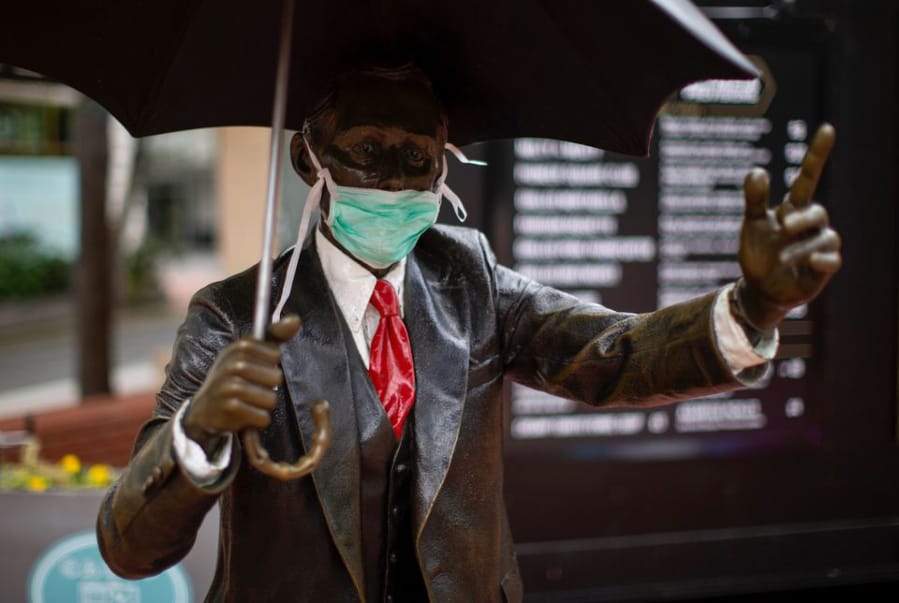The rains have begun in the Northwest, which is great news for wildfires and trees in general. But for some humans, it’s slightly less welcome because it means the return of seasonally recurring depression.
Ashland, Ore., resident Eleanor Hobson, 22, is one of those people. She usually experiences “pretty intense season depression later in the winter.”
This year though, she said, “our smoke has been so bad here — and still is — that we haven’t been able to go outside as much as we used to, so I’m already somewhat feeling the effect of a lack of blue skies/sunny days.”
Add the pandemic, and “I am absolutely concerned,” said Hobson. “I should make a plan to do something about it.”
Hobson is not alone.
For people already feeling new symptoms of depression or anxiety brought on by the coronavirus pandemic, social isolation and the general state of the world, the dark days ahead can add an extra challenge.
What is frequently referred to as seasonal affective disorder, or SAD, is officially known as major depression recurring, seasonal pattern.
The seasonal pattern typically begins “in the fall or early in the winter and persisting through the winter,” said Dr. Erick Turner, an associate professor at Oregon Health & Science University in the departments of psychiatry and pharmacology, “and usually remitting in the later part of the winter or the early spring.”
Turner has done research on seasonal affective disorder, and said light deprivation was thought to be the cause.
If you’re concerned that you are experiencing adverse effects brought on by the shortening days, there are some things you can do, Turner said, even as the pandemic continues.
It’s important to follow one piece of advice experts have given throughout the pandemic — stay active.
“I think you can still try to get outside,” he said, “as long as you’re socially distancing.”
Try not to give into the impulse to sleep more or “hibernate,” Turner said, and take advantage of the sunny days when they do come.
Creating a set routine and schedule can help with this, and give you a structure to fall back on, he said.
And since this kind of depression is all about the lack of light, another thing to try is, well, supplementing light.
“The formal treatment,” Turner said, “is light treatment.”
You can purchase a lightbox, he said, and follow the directions given or directions from your health care provider, he said, adding that some insurance may help pay for your light.
No UV light is required for this kind of treatment, Turner said, but what to look for is a bright white light.
“The part of the spectrum that’s most active seems to be blue and green,” Turner said, so some boxes with just blue light are also available.
That blue light is the same light that can affect your melatonin levels at night, making it hard to sleep if you stare at your phone in bed.
“Melatonin rises in the evening and stays up through the night and then drops off in the morning,” Turner said. “It turns out it responds to light.”
For that reason, Turner said, it’s good to try to expose yourself to light in the morning.
As always, pay attention to how you are feeling. If you are concerned that you can’t manage your symptoms yourself, there are self-evaluations available online, and 24-hour support and resources available. Behavioral health crisis services are available 24 hours a day, seven days a week by calling the Southwest Washington Crisis Line at 800-626-8137.



